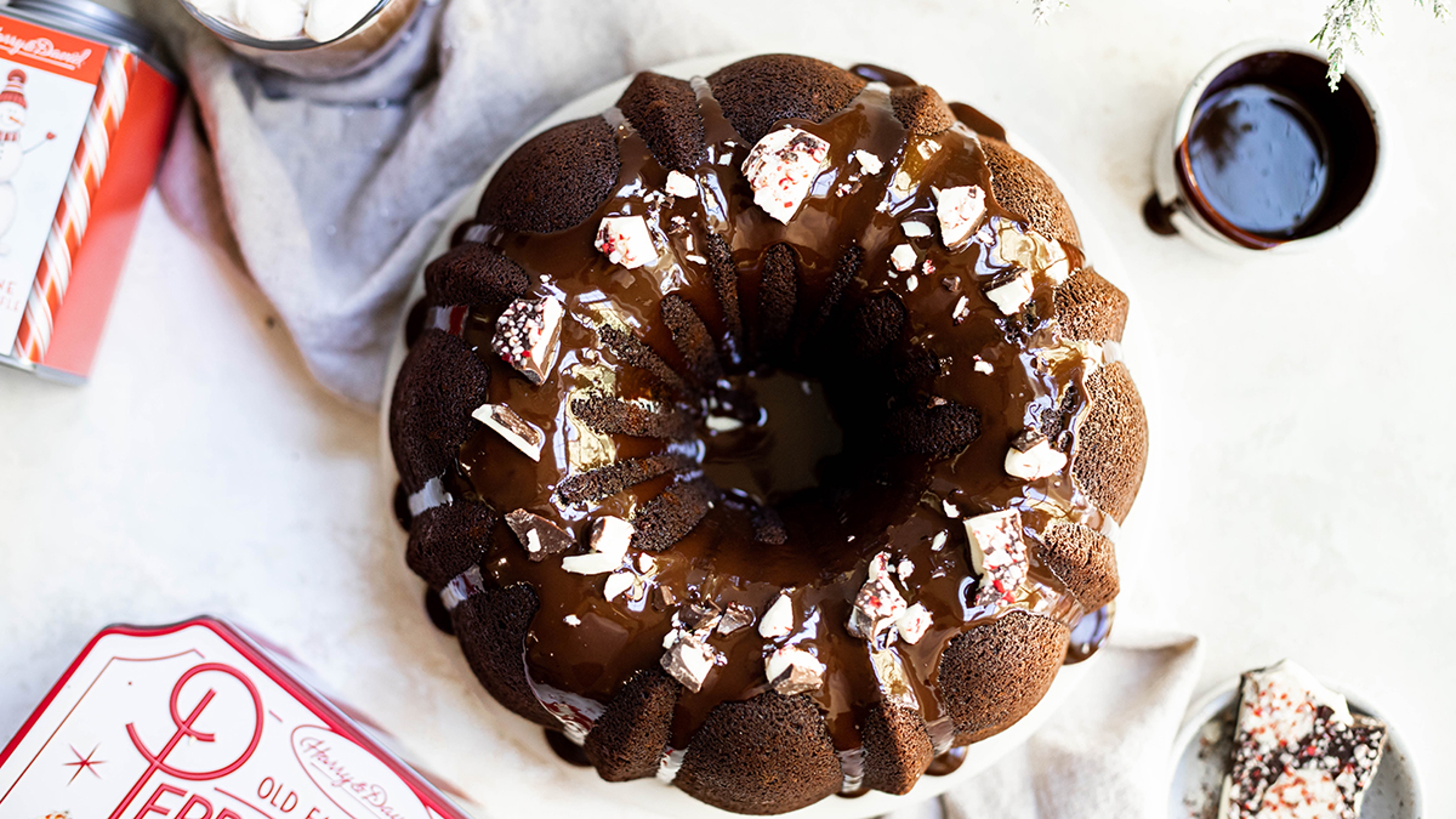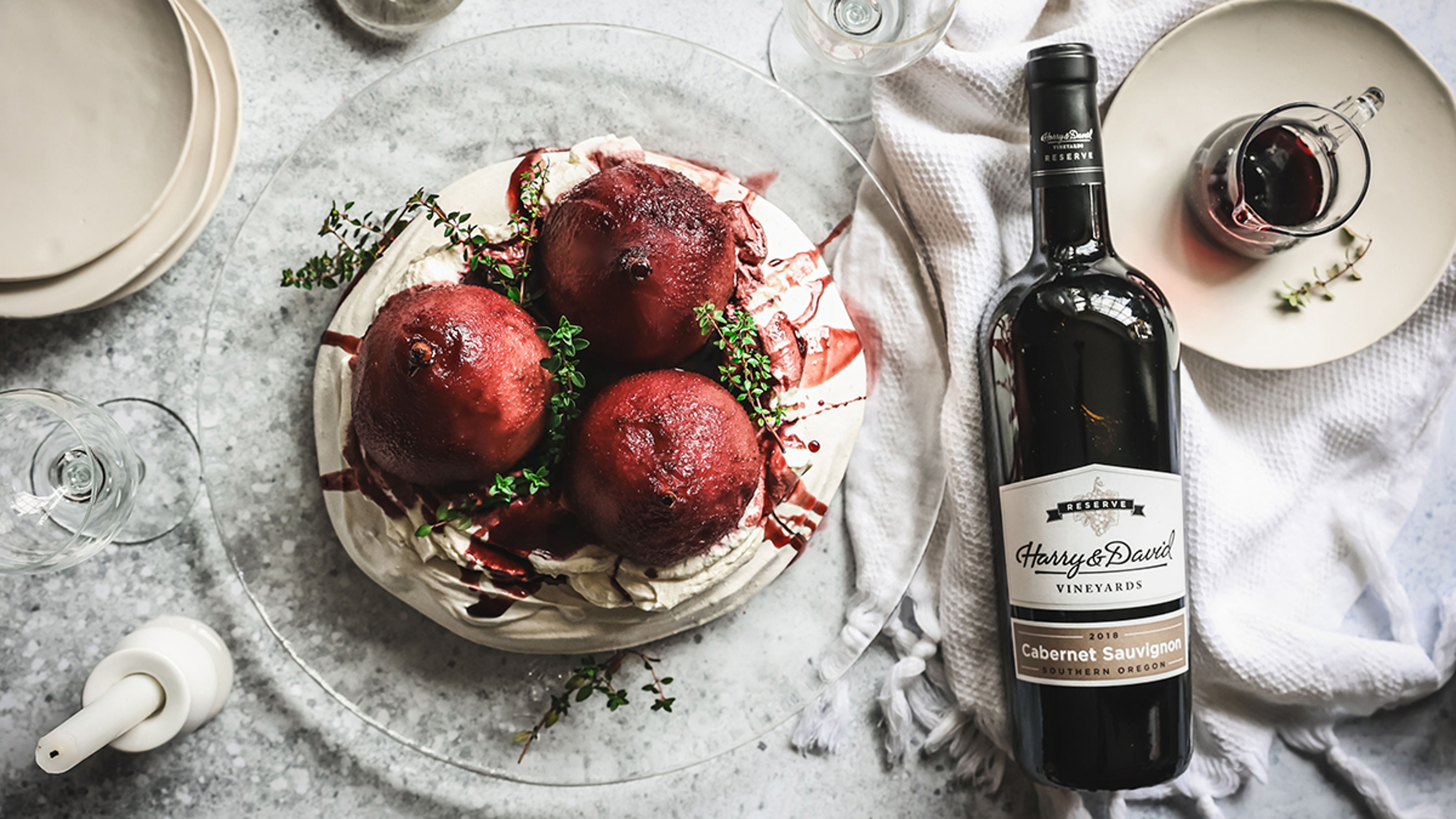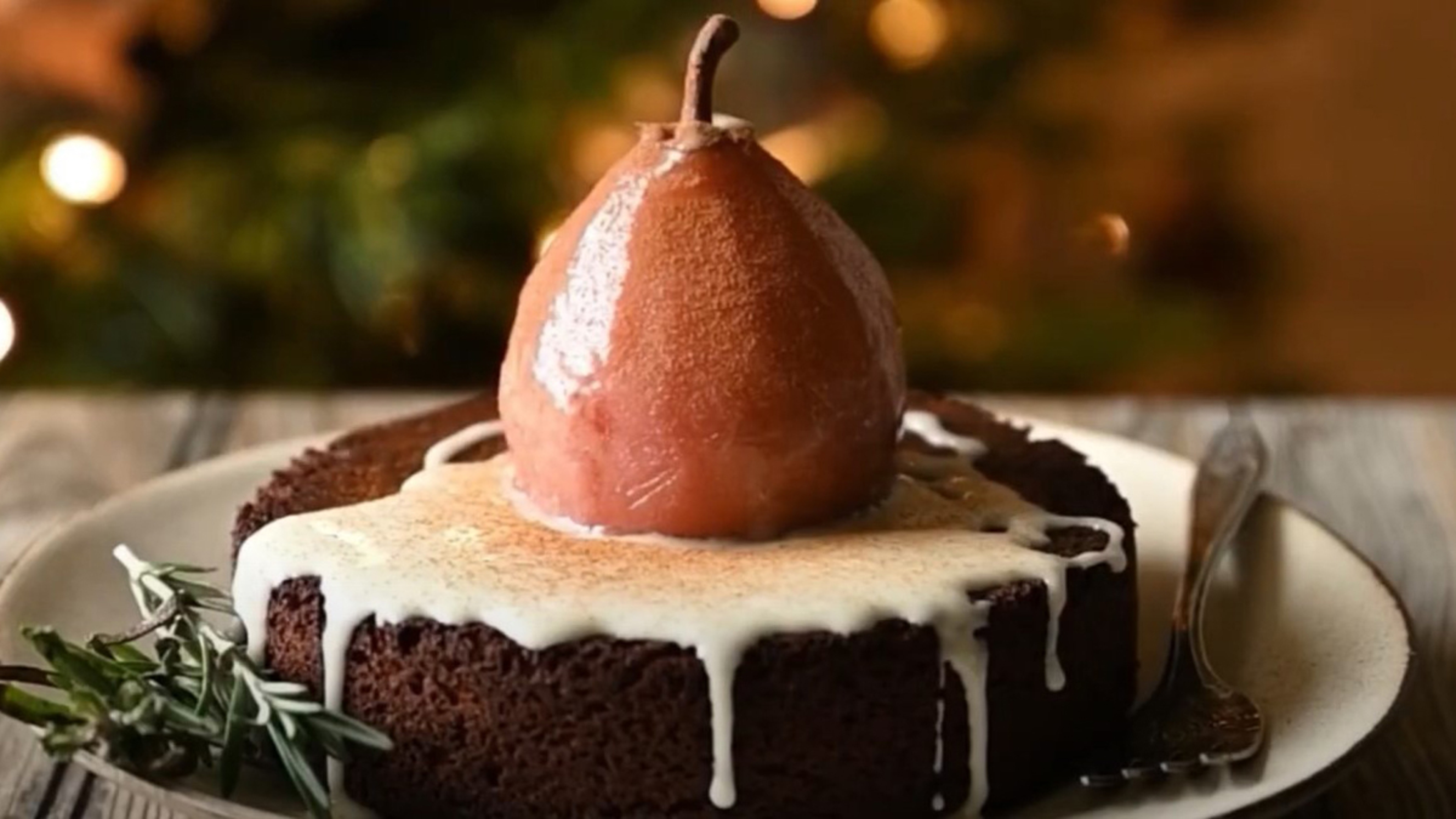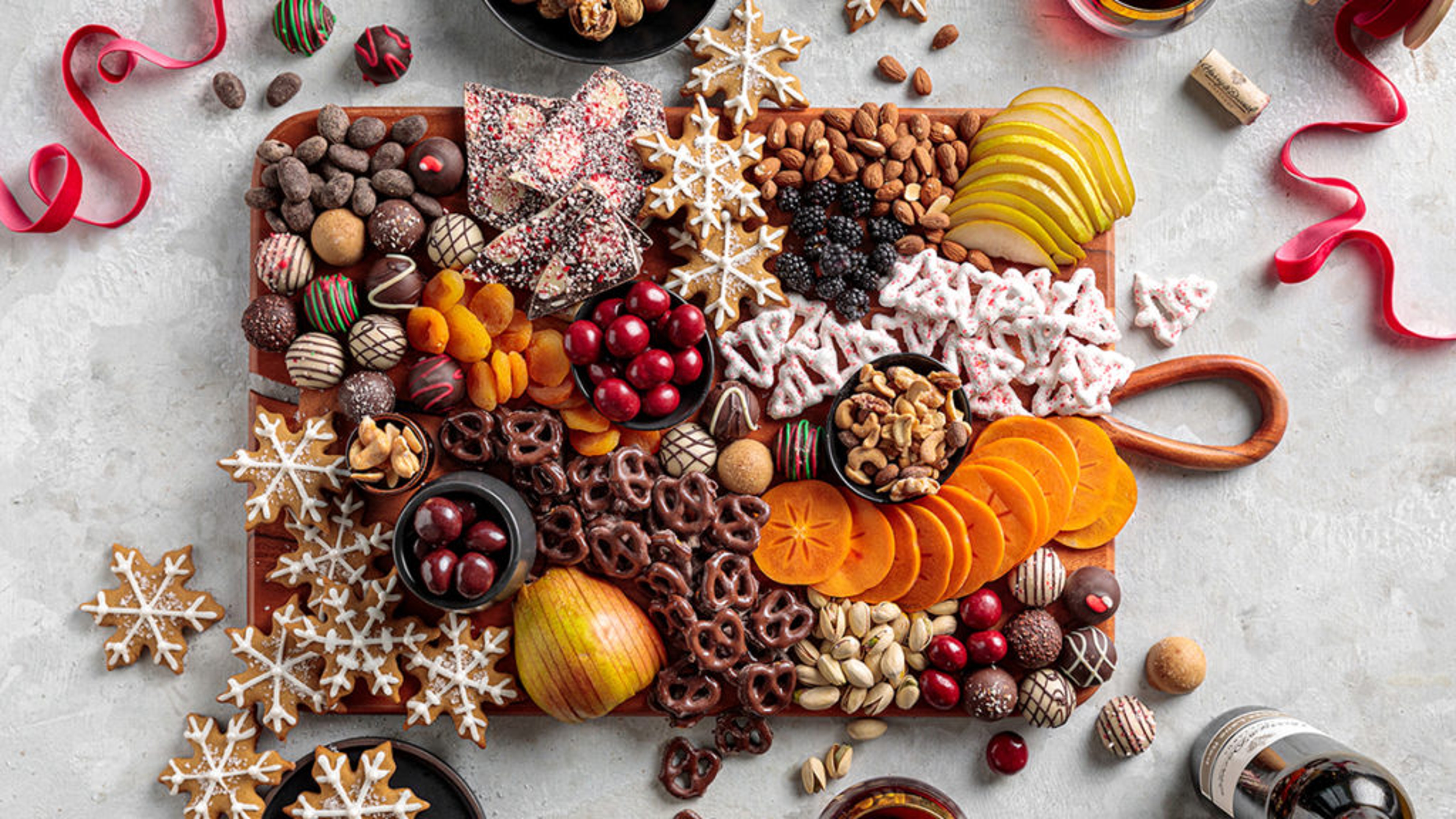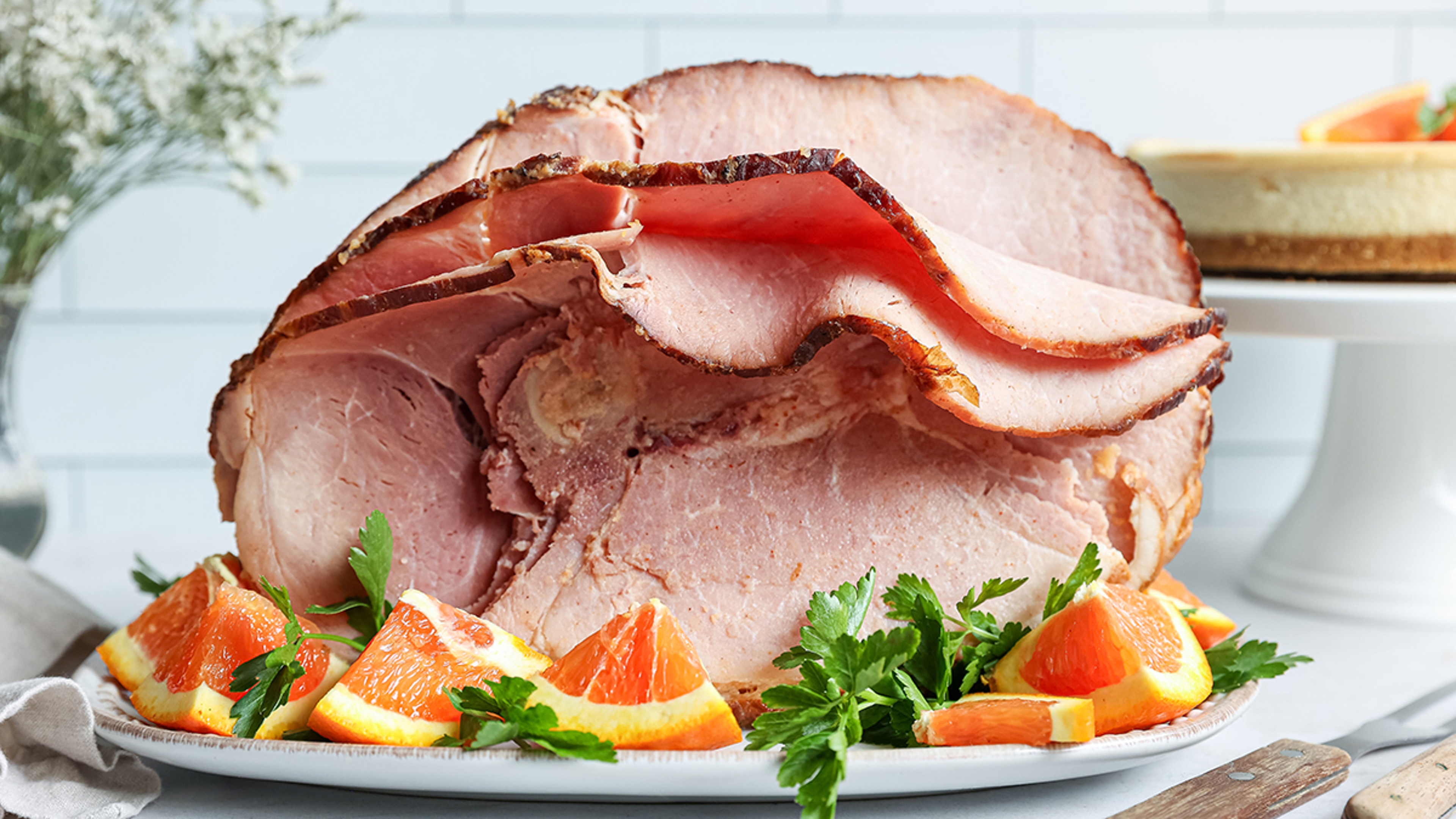The Evolution of the Christmas Cake
Grab yourself a slice of the holiday season — no matter which version you prefer.
Nov 25, 2024
Known for its grand meals and mountains of leftovers, the holiday season can feel like one neverending feast. Thanksgiving, with its turkey, stuffing, gravy, and parade of endless side dishes, is certainly the main course. Christmas, however, seems more focused on dessert, with its sugar cookies, gingerbread, eggnog, peppermint, and traditional Christmas cake, a dense delectable with humble origins in medieval Europe.
In 14th-century England, Christmas cake began as "plum pudding" or “pottage,” a hearty warm porridge of grains, dried fruits, and meat consumed on Christmas Eve after a month-long Advent fast from rich foods. During the 1600s, families began to add traditional cake ingredients, such as eggs, butter, and wheat flour to their pottage, resulting in a denser, more dessert-like end product.
READ MORE: Fruitcake: The Dessert That's More Punchline Than Delicacy
Increased trade in the 1700s saw the English work exotic sugars, dried raisins, currants, and new spices like cinnamon, cloves, and nutmeg into their recipes. The addition of suet, a raw fat derived from cattle or sheep, incorporated the savory, further transforming the once-modest plum porridge into an indulgence well fit for a season associated with abundance and celebration.
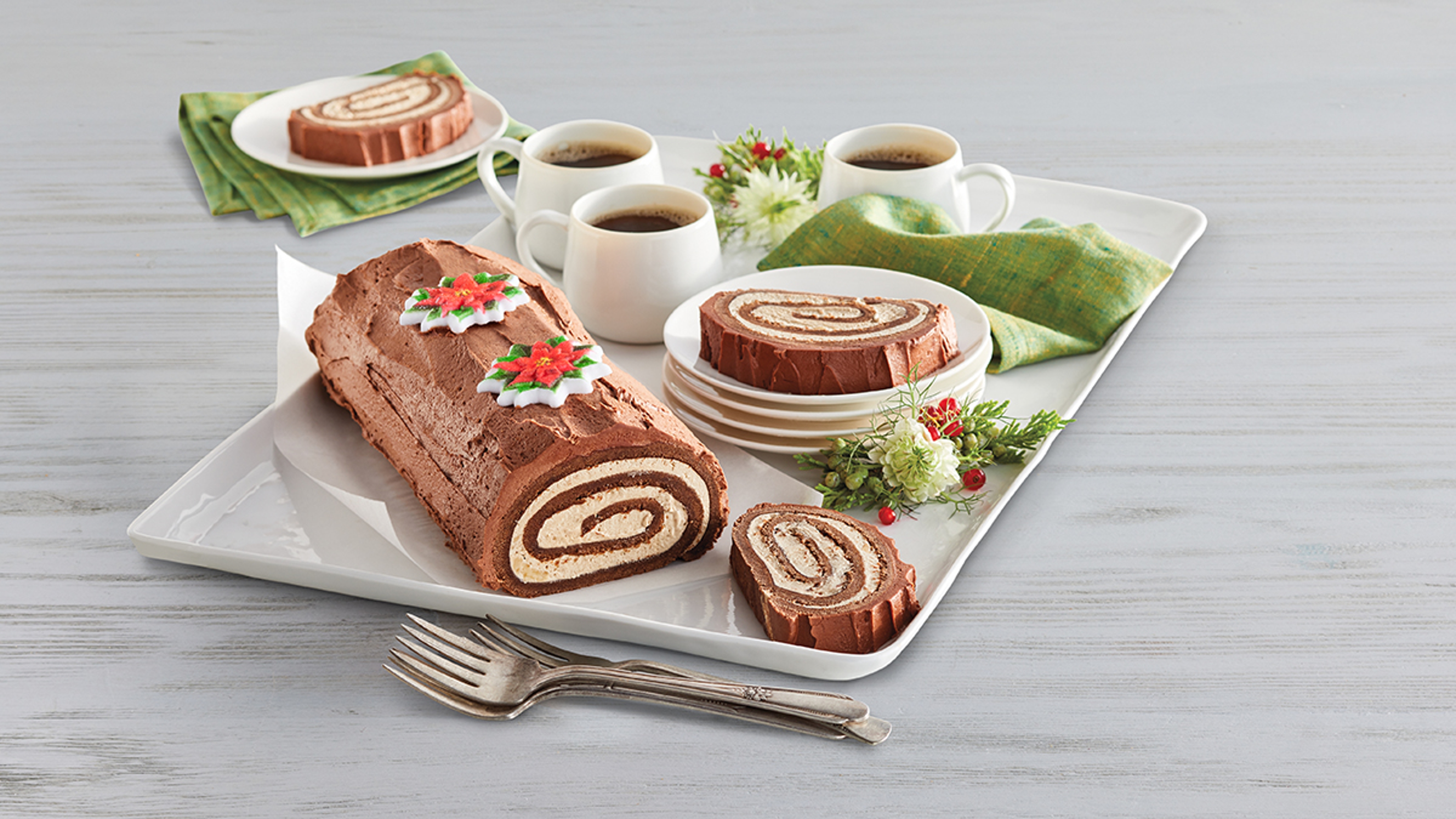
During the 18th century, brandy became a standard Christmas cake ingredient. Tradition found families baking a cake weeks before the holiday, then occasionally “feeding” it with more drink to enhance its flavors as it aged. With an eventual marzipan glaze and blanket of royal icing, the decadent fruitcake remained edible throughout winter thanks to its alcohol and high sugar content.
Modern spinoffs include an American version with bright red and green candied fruits and Italy’s panettone, a dome-shaped fruit cake with lemon and vanilla. Germany’s stollen features currants, cardamom, and powdered sugar, while the Bûche de Noël, or Yule log, is a chocolate cream sponge cake made to resemble the good luck log burned by the French on Christmas Eve.
READ MORE: The Bûche de Noël: A Christmas Cake From France With an American Twist
Certain flavors in holiday treats — ones that convey a sensation of temperature — have become synonymous with a “holiday aroma.” Cinnamon and nutmeg offer a warm, spiced depth reminiscent of the fireside,whereas the fresh, cool bite of peppermint suggests frigid winter nights. Orange zest and ginger are doubly effective, conveying both the zing of chilly winds and radiance of the hearth.
Our favorite Christmas cakes
Peppermint Bark Christmas Cake
Our favorite Christmas cakes
Peppermint Bark Christmas Cake
Shop : Peppermint Bark Christmas Cake from Harry & David
This winter dream features luscious peppermint buttercream all around and in between thick chocolate and fluffy white cake layers. Generous sprinklings of crushed peppermint, white chocolate swirls, and milk chocolate shavings ice the deal.
Shop : Peppermint Bark Christmas Cake from Harry & David
Signature Cinnamon Swirl
Signature Cinnamon Swirl
Shop : Signature Cinnamon Swirl from Harry & David
One of our bakery’s original pastries, the hand-rolled Signature Cinnamon Swirl carries unique touches, such as applesauce-glazed nuts, apple-infused cinnamon sugar filling, and a generous brushing of clarified butter just before it enters the oven. Consider enjoying this one on the morning of Dec. 25 with a tall mug of Christmas coffee.
Shop : Signature Cinnamon Swirl from Harry & David
Bûche de Noël
Bûche de Noël
Shop : Bûche de Noël from Harry & David
Baked and shaped to resemble a Yule log, the Harry & David take on this traditional French dessert offers moist chocolate sheet cake interlayered with sweet coffee cream filling, served as a roulade finished with thick fudge frosting.
Shop : Bûche de Noël from Harry & David
Holiday Loaf Cakes
Holiday Loaf Cakes
Shop : Holiday Loaf Cakes from Harry & David
A holiday brunch standby, these moist mini-loaves are baked in house, each infused with iconic flavors of the season. Variety offerings include sweet apple streusel, marbled chocolate swirl, pumpkin spice, and cranberry orange flecked with fruit.
Shop : Holiday Loaf Cakes from Harry & David
Gingerbread Bento Box
Gingerbread Bento Box
Shop : Gingerbread Bento Box from Harry & David
This holiday, we’ve got spicy gingerbread in all sorts of forms and textures: slices of moist loaf cake, miniature gingerbread men, round sandwich treats, and generously sized tile cookies. A half-dozen sweet, raspberry-filled shortbread cookies complement the collection.
Shop : Gingerbread Bento Box from Harry & David
.svg?q=70&width=384&auto=webp)







